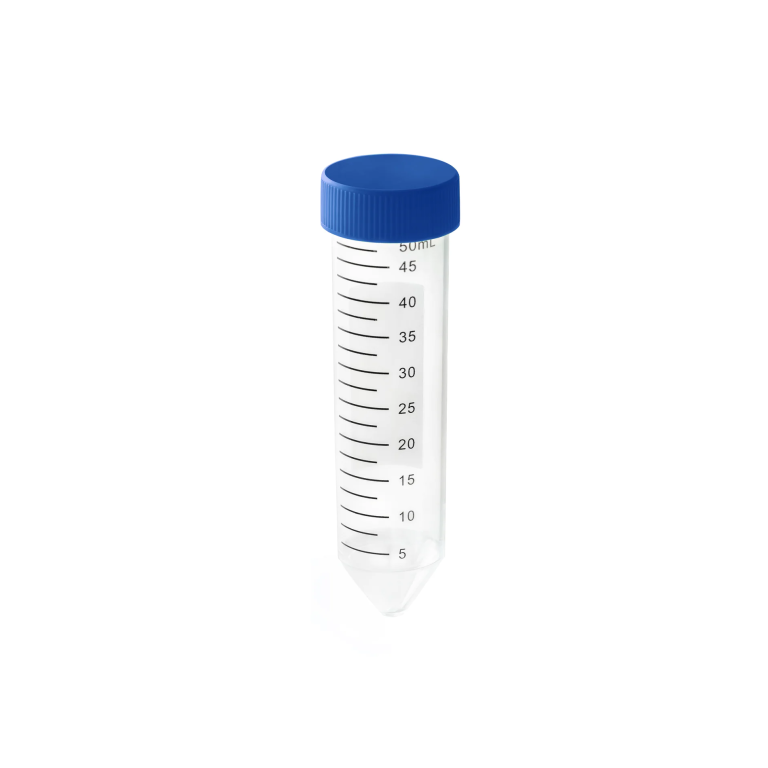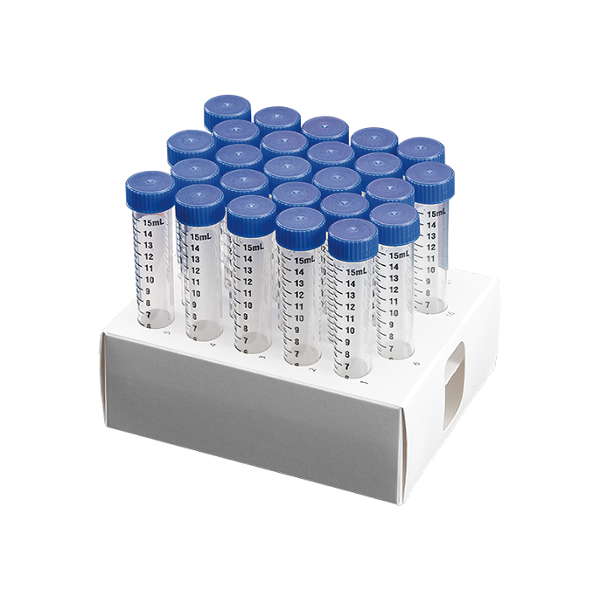Choosing the right robotic tips for a specific application involves considering various factors based on the task’s requirements, such as precision, material compatibility, sterility, and environmental conditions. Here’s a guide on how to select the appropriate robotic tips for your system:
### 1. **Type of Application**
– **Pipetting or Liquid Handling (Laboratory Use):**
– Opt for **polypropylene tips**, which are commonly used in lab automation for pipetting tasks. Ensure the tip is compatible with the liquid properties (viscosity, corrosiveness).
– If you need precision for microliter measurements, consider **low-retention tips** or **filtered tips** to prevent contamination and ensure accurate measurements.
– **Surgical or Medical Procedures:**
– Choose **stainless steel** or **ceramic tips** for strength, sterilization, and precision.
– For handling delicate tissues, select tips made from **silicone** for a softer touch.
– **Industrial or Manufacturing Tasks:**
– For high-strength, wear-resistant tasks, **stainless steel** or **carbon fiber tips** are ideal for handling heavy or abrasive materials.
– For tasks requiring non-stick properties, **Teflon (PTFE) tips** may be suitable.
### 2. **Material Compatibility**
– **Chemical Resistance:**
– If your application involves chemicals (e.g., in a lab or chemical processing plant), use tips made from **polypropylene** or **Teflon (PTFE)**, which offer excellent chemical resistance.
– **Stainless steel** tips work well in environments where corrosive resistance and mechanical strength are necessary.
– **Temperature Tolerance:**
– For high-temperature environments, such as in ovens or furnaces, **ceramic tips** can withstand extreme temperatures without degrading.
– **Teflon** or **silicone tips** are also suitable for high-temperature applications.
### 3. **Precision Requirements**
– **High Precision Applications:**
– If precise measurements or delicate manipulations are needed (e.g., pipetting or handling small components), select tips with precise dimensions and high manufacturing tolerances, such as **filtered tips** for liquid handling or **microsurgical stainless steel tips**.
– **Carbon fiber** or **ceramic tips** are ideal for applications demanding extreme precision in handling or cutting.
– **Low Precision/High Strength:**
– For tasks requiring durability rather than precision, such as material handling in industrial automation, **stainless steel** or **reinforced plastic tips** are preferred for their strength and resistance to wear.
### 4. **Sterility and Contamination Control**
– **Sterile Environments (Medical or Laboratory):**
– **Pre-sterilized tips** made from **polypropylene** or **stainless steel** are essential for tasks involving biological samples or sterile environments, such as in medical testing or surgeries.
– **Filtered tips** can help prevent cross-contamination in pipetting, particularly when handling infectious or sensitive samples.
– **Non-Sterile Environments:**
– For industrial applications where sterility is not a concern, standard **plastic** or **metal** tips can be used without additional sterilization requirements.
### 5. **Tip Geometry and Design**
– **Standard vs. Specialty Tips:**
– **Standard tips** are sufficient for general tasks like routine pipetting or material handling.
– For applications like aspirating viscous liquids, use **wide-bore tips**.
– **Conductive tips** may be necessary for systems requiring electrical conductivity (e.g., electrochemical assays).
– **Long or narrow tips** are suitable for reaching deep or confined spaces.
– **Gripping or Manipulation:**
– Choose **soft silicone tips** or tips with rubberized coatings for handling delicate objects to prevent damage or slippage.
– **Textured or grooved tips** improve grip for industrial robotic systems.
### 6. **Automation System Compatibility**
– Ensure the robotic tips are fully compatible with your automation system, including:
– **Fitting:** Check the manufacturer’s specifications for compatibility with your robotic arm or pipetting device.
– **Mounting:** Consider how easily the tip can be attached, removed, or replaced during automated processes.
### 7. **Durability and Longevity**
– **Reusable Tips:**
– In situations where cost-effectiveness is crucial, such as in surgery or industrial handling, opt for durable, reusable tips like **stainless steel** or **ceramic**.
– **Disposable Tips:**
– In sterile applications or where cross-contamination is a concern (e.g., lab automation), **disposable plastic tips** are more appropriate.
### 8. **Environmental Conditions**
– **Cleanroom or Hygienic Conditions:**
– For cleanroom environments, choose **sterile, pre-sterilized tips** or tips made from materials that are easily sterilized, like **stainless steel**.
– **Harsh Industrial Environments:**
– If the environment involves abrasive materials or exposure to elements, use tips made from **stainless steel** or **carbon fiber** that can withstand such conditions.
### 9. **Cost and Volume of Use**
– **High Volume, Low-Cost Applications:**
– For high-throughput tasks, such as in lab automation, opt for cost-effective **disposable polypropylene tips** that can be used in bulk.
– **Low Volume, High Precision Applications:**
– For specialized tasks requiring precision or sterilization, **reusable stainless steel** or **ceramic tips** may be more cost-effective in the long run.
**Summary of Key Factors:**
| Factor | Recommended Material | Application Examples |
| Chemical Resistance | Polypropylene, Teflon | Pipetting corrosive liquids, chemical labs |
| Temperature Tolerance | Ceramic, Teflon | High-temp manufacturing, furnaces |
| Precision | Stainless Steel, Carbon Fiber | Surgical tools, micro-handling |
| Sterility | Pre-sterilized Polypropylene, Stainless Steel | Medical, lab automation |
| Strength and Durability | Stainless Steel, Carbon Fiber | Industrial handling, surgical robots |
| Delicate Handling | Silicone | Grippers, robotic surgery |
By analyzing your specific needs and balancing precision, sterility, material compatibility, and durability, you can choose the right robotic tips for optimal performance in your application.


